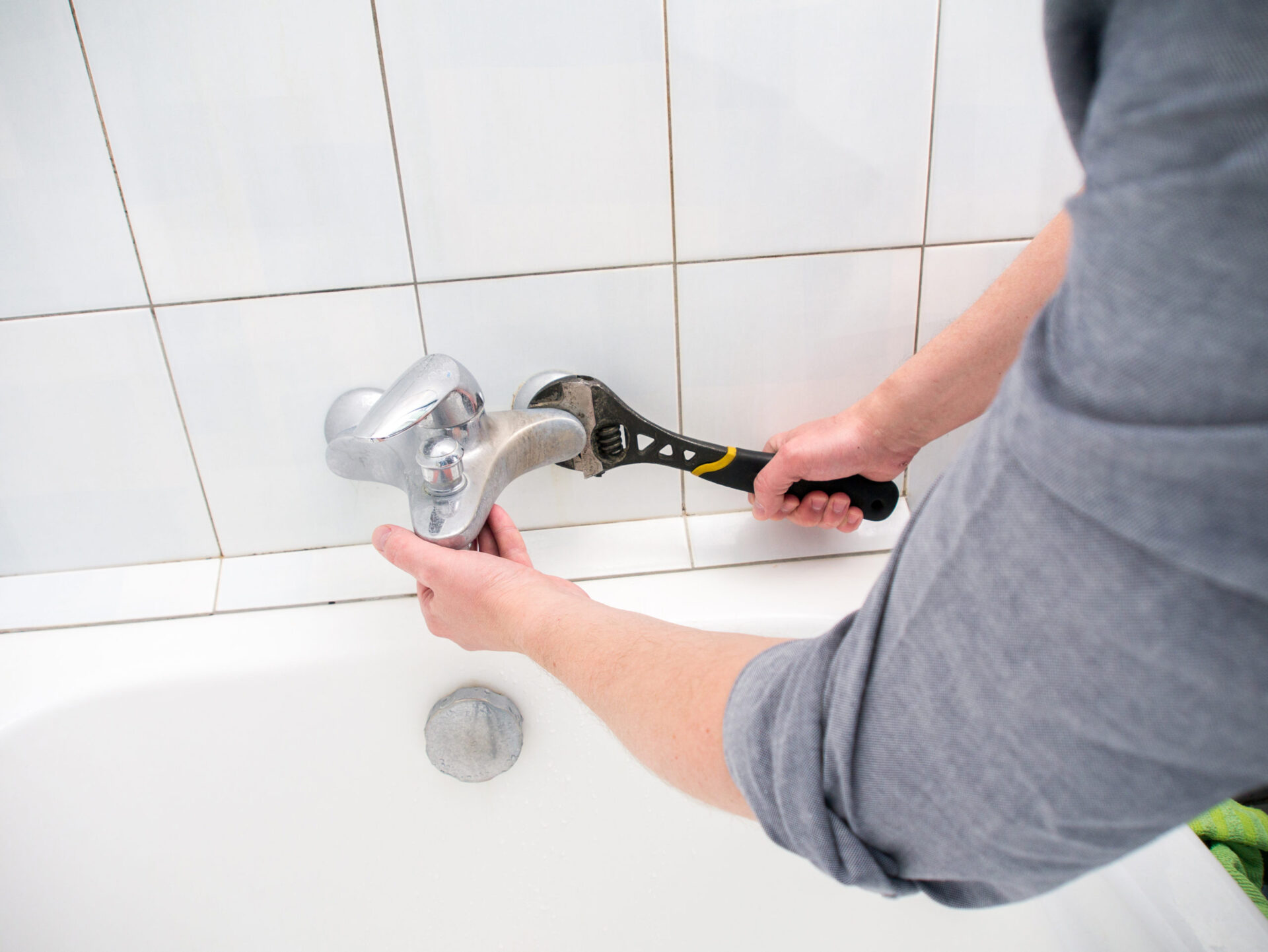Leaking faucets can waste a lot of water. In fact, a single leaky faucet can drip away 2,700 gallons of water each year. That’s the same amount of water you use to take nearly 40 showers!
Though water usage varies greatly depending on lifestyle, it is important to keep an eye on water consumption in order to detect water leaks. As water leaks can become costly over time, knowing how much water you and your family use monthly is invaluable in maintaining cost-effectiveness for water bills. Armed with this information, it’s possible to quickly identify when water consumption increases unexpectedly, potentially caused by water leaks. Being able to identify these water leaks early on allows homeowners the ability to address and prevent further damage from occurring.
Fortunately, there are some easy ways to check for leaks. By following the tips below, you can catch a leak before it has a chance to waste any more water—and your money.
1. Use your water meter to check for leaks. Most homes have a water meter located in the front yard near the street. To check for leaks, simply turn off all the faucets and appliances in your home and make sure no one is using any water. Then, go out to your water meter and see if the dial is still moving. If it is, that means you have a leak somewhere in your plumbing.
2. Find your main shut-off valve. In case of a major leak, it’s important to know where your main shut-off valve is located so you can quickly turn off the water and prevent any further damage. The shut-off valve is usually located in the basement near the water heater or outside near the meter box.
It’s essential for homeowners to be aware of the water shut-off valve in their house. That way, in the event of a water leak, they can quickly move to cut off the water supply and prevent further damage. Knowing where your water shut-off valve is located is beneficial since water leaks can permanently damage walls, floors and ceilings, or create the potential for costly water bills. Taking the time to locate your home’s water shut-off valve can help protect against long term issues that can result from water damage.
3. Install additional valves. Homes with multiple floors or more than one bathroom may benefit from having additional shut-off valves installed so that you can quickly turn off the water to just one area of the house in case of a leak. This will minimize the amount of damage caused by a leak and make it easier to clean up afterwards.
4. Check inside toilet tanks for leaks. Toilets are one of the most common sources of indoor plumbing leaks. To check for leaks, simply remove the lid from the tank and put a few drops of food coloring into the water. If color appears in the bowl within 15 minutes, that means there’s a leak coming from somewhere in the tank itself. Flush immediately to avoid staining porcelain surfaces.
If you live in a warmer climate, water usage can be significantly higher due to frequent water-term use and seasonal water needs. However, during cooler seasons when water isn’t being consumed heavily for outdoor activities, water leaks can quickly become an issue if more than 12,000 gallons per month is showing on the water meter. This indicates serious water leaks in your plumbing system which must be identified and taken care of as soon as possible as they result in costly water bills over time and potentially damage to your home. If you notice disproportionately high water usage on the meter during cooler months, an inspection by a professional plumber may help you pinpoint where the water leaks are occurring.
Leaks can waste a lot of precious resources, but fortunately there are some easy ways to check for them before they cause too much damage. By using your water meter, finding your main shut-off valve, and installing additional valves (if necessary), you can catch a leak early and prevent further waste. And if you think there might be a problem with your toilet, a quick drop of food coloring can help you identify potential issues so you can get them fixed right away!

